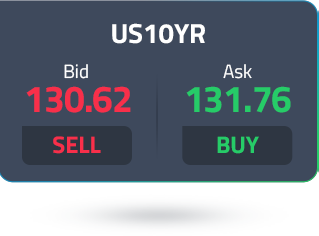A bond is an over-the-counter exchange-traded fund (ETF) and fixed-income financial instrument issued by corporations and governments (IOU) as debt securities (Coupon and Zero-coupon bonds) for a period of time mainly to pay down other debts and operations funding purposes through brokerage firms in the secondary market.
Bond trading is when bond investors and traders (lenders) are allowed to buy or sell corporate bonds and government bonds (bond issuers) in the bond market (public debt market). The issuer (borrower) must pay back the bond price (face value), interest rate, and a fixed or variable interest payment (dividend) to the bondholders on the bond maturity date. Traders consider bond investing one of the most effective portfolio diversification strategies.











